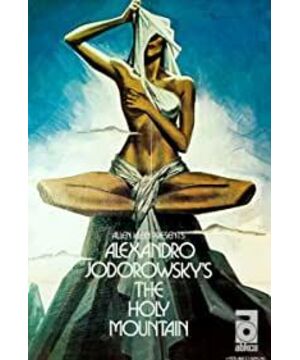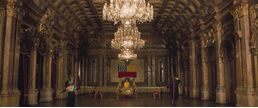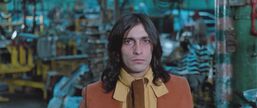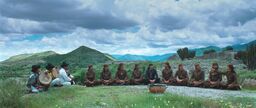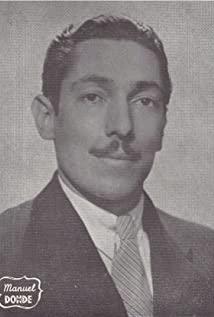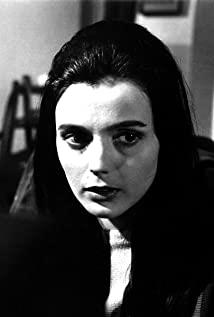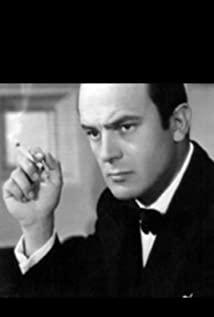"Cult Video Hall" is Uncle Zhao's viewing notes
Interpretation of selected classic cult films of film history
Help everyone understand its story and the culture behind it
A long, long time ago, in Mexico.
There was a thief who looked like Jesus.
One day, he was tied to a cross by a dwarf and a group of children and woken up with stones.
He scare the children away with a loud voice, but befriends the dwarf.
In this way, the cult classic and one of the most incomprehensible works in film history, "Holy Mountain", began.
(Spoilers below)
The two went to a nearby city to make money, and everywhere they went was violence, killing and exploitation.
Because of his resemblance to Jesus, the thief was drunk by several craftsmen and used to make a mold for the Jesus statue.
When he woke up, the mountains of Jesus made him lose himself instantly.
The thief smashed the hollow statue of Jesus, carried a solid one, and went to the church to find the priest.
The priest did not approve of the statue and drove the thief out.
The disheartened thief nibbled at the statue's face, carried the statue to the sky with a string of balloons, and went on wandering.
Later, he and the dwarf came to a tower.
I saw many people preparing food and waiting for something.
At this time, a golden fishhook was put down on the tower, and a bag of gold was hung on it to exchange food.
The thief wanted gold, so he grabbed the hook and climbed up the tower, where he saw the alchemist in the tower.
The alchemist takes a thief as his apprentice and inspires him to create souls and explore the true meaning of the world.
But first, the thief has to know a few companions.
They come from all over the world and are businessmen, politicians, artists, arms dealers, toy dealers, etc.
All have the desire to explore the true meaning of life.
So, the thief and them formed an expedition team, led by the alchemist, to the nine most famous "holy mountains" in the world, looking for the wise man on the top of the mountain, to find the answer to the ultimate question.
Released in 1973, "Sacred Mountain" is the second part of Mexican director Alessandro Jodorowsky's "blasphemy trilogy", and it is also a masterpiece of cult fans.
Critics generally agree that its achievement lies in the use of metaphors, as well as the visual impact created by the composition and installation art.
Indeed, the metaphors of "Holy Mountain" can be said to be dizzying, and if you take a screenshot, you can't understand the content.
For example, soldiers in gas masks walk through a market with skinned animals.
The young man was shot, and birds flew out of the wound.
The circus of toads and lizards, dressed in crusader armor and missionary robes, slaughtered to the brim with blood.
In the church, a group of soldiers danced each holding a man (with their own human side?).
A group of prostitutes led the gorillas around.
There is a hippo in the alchemist's bath.
Soldiers catch a crocodile from a sewer.
After the police killed the marching youth, they pulled flowers, vegetables, pigeons and candy from their stomachs.
Before the expedition team set off, they collectively burned their statues.
In the whole "Holy Mountain", there is almost no direct depiction of reality.
So "Holy Mountain" is a "brain-burning film", but its brain-burning is different from Nolan's.
Nolan's brain-burning test will test your logical ability, and you must draw an easy-to-understand clue from the nonlinear narrative.
The brain-burning "Holy Mountain" will test your knowledge reserve and life perception.
You need to know a little bit about how history, culture and society work to understand what it means.
For example, the daily life of the characters in the adventure team expresses the director's views on different social positions.
Merchants made masks and fake muscles for human use, earning purses to support women workers in factories.
Undoubtedly a satire on consumerism and the private lives of the rich.
Arms dealers turned weapons into ornaments and religious objects, satirizing the reality of using ideology to glorify war.
Artists build production lines and let employees paint quickly with their butts, satirizing the cookie-cutter rubbish that fills the medium.
Toy dealers brainwash children through toys and children's books, making them hate hostile countries and start wars in the future.
It satirizes the penetration of ideological propaganda into education.
The fact is that in order to understand "Holy Mountain", one has to read some literature, history and philosophy, and often pay attention to social reality.
And the pursuit of the true meaning of life in the second half of the movie is only understood by those who have thought about life.
Therefore, the threshold for appreciation of "Holy Mountain" is very high, no wonder some netizens commented: it makes other movies look like mentally retarded.
But I still recommend The Holy Mountain, because one day, we too will find the answers to our questions.
So, did the group of people in the film finally find the truth about their lives?
The answer is no.
Coincidentally, Jodorowsky did not let the characters fail in the film, but used a backward shot to tell us that everything is a movie, a world of our own imagination.
The truth of the world, the meaning of life, and the ultimate question of the universe remain unsolved.
We have no choice but to be in awe, and return to reality.
Therefore, "Holy Mountain" in my heart is a record of human thinking about the ultimate question.
Although there is no answer, it tells me that someone has tried it.
View more about The Holy Mountain reviews


